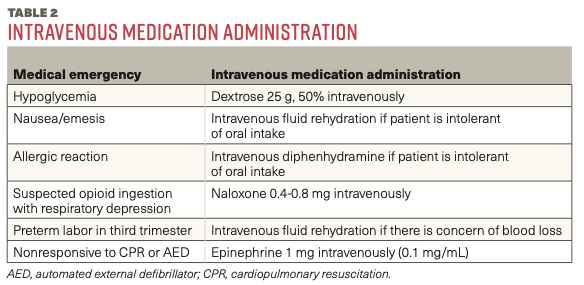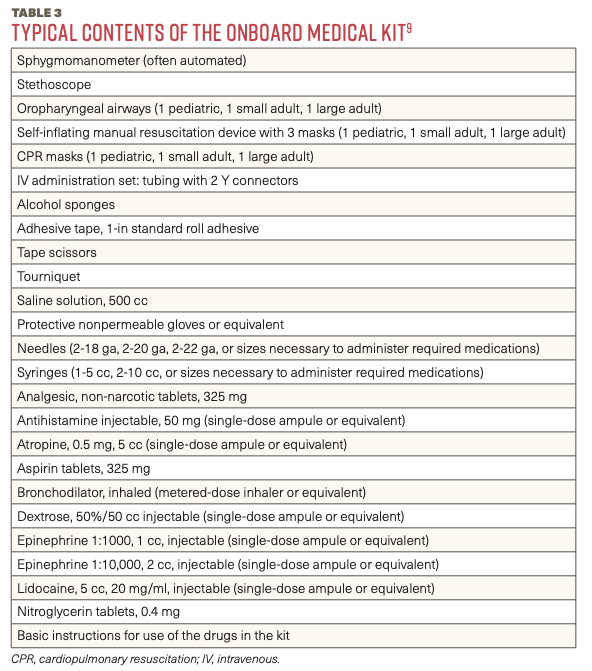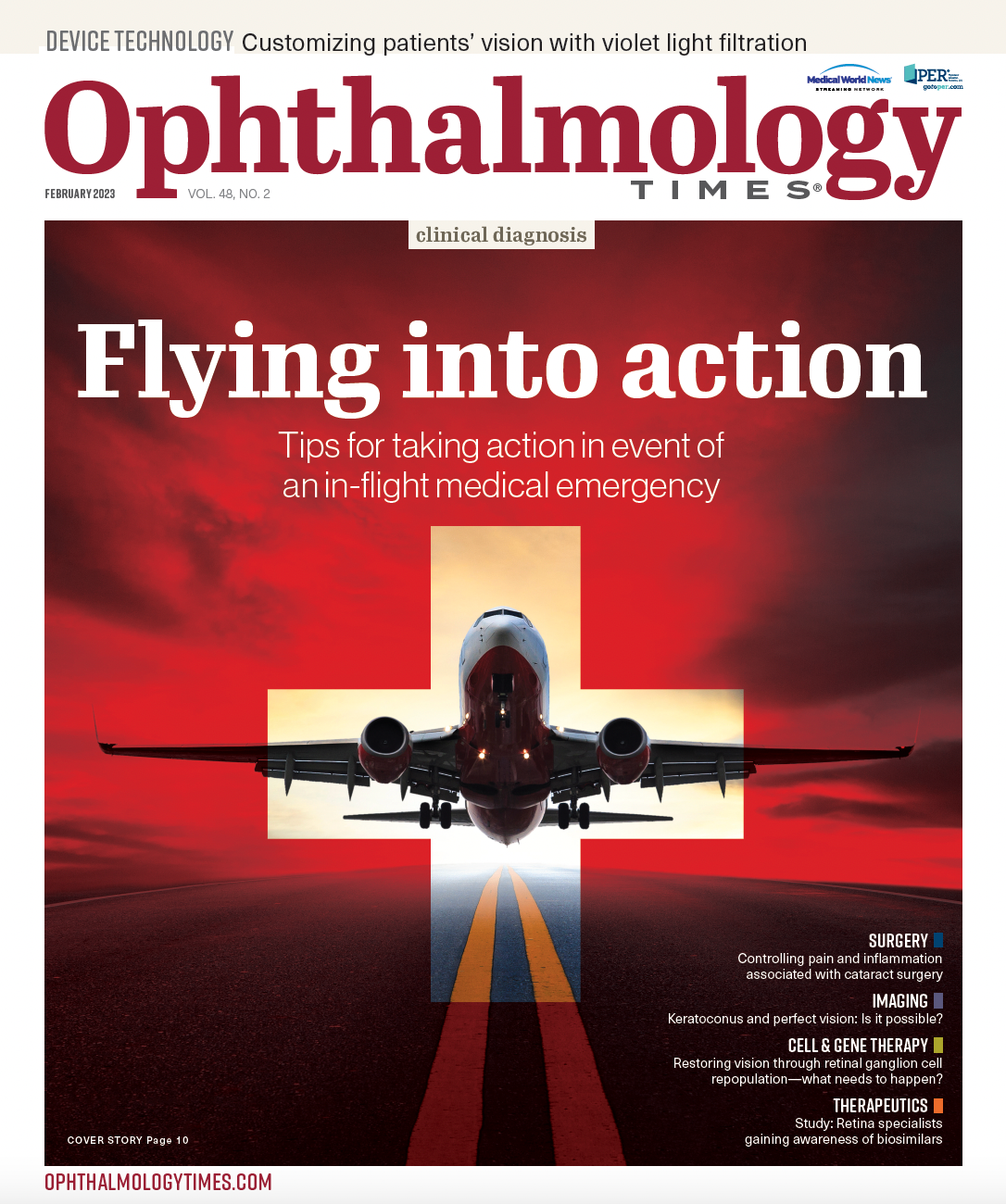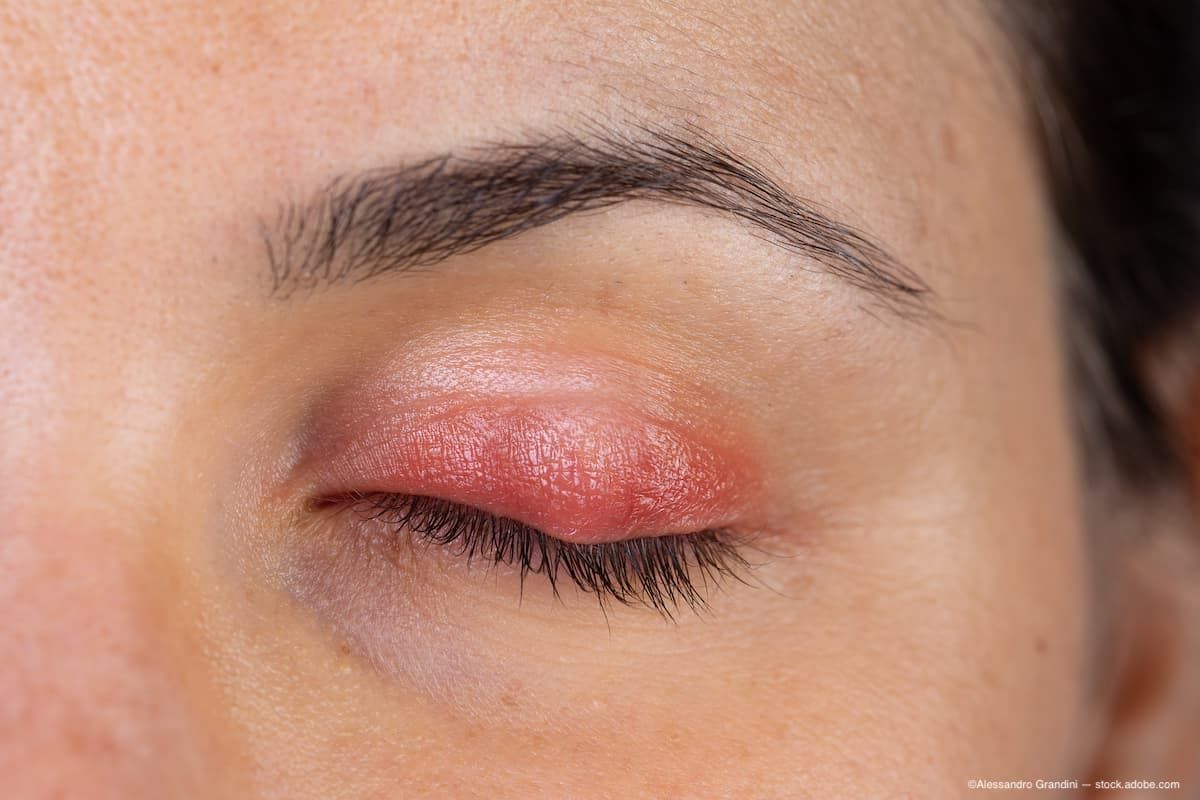Publication
Article
Digital Edition
Being an ophthalmologist on an airplane: Tips in the event of a medical emergency during a flight
Author(s):
Andrew G. Lee, MD, has had direct experience as being an in-flight physician over 15 times on international and domestic flights and answers some of the most frequently asked questions about being the doctor on the plane.
Tips for taking action in the event of a medical emergency during a flight.

Special to Ophthalmology Times®
The flight attendant’s voice reverberates throughout the cabin of the aircraft: “Ladies and gentlemen, if there is a doctor on board, please ring your overhead call button.” These words, whether heard for the first time on the aircraft or the fifth time, often bring feelings of dread to the traveling ophthalmologist. In that moment, thoughts of self-doubt (“Am I a real doctor?”) and denial (“Surely there must be another doctor on this airplane.”) fill one’s mind, and one transitions quickly through the entire Kubler-Ross grief cycle (ie, denial, anger, depression, bargaining) and finally to acceptance while slowly reaching up to press the call button.
But what is the role of an ophthalmologist, and can we as eye doctors serve in the general medical emergencies commonly experienced during air travel? Are we not “doctors first, ophthalmologists second, and vitreoretinal surgeons third”—in that order? In this article, we provide the nuts and bolts of dealing with a medical emergency on the aircraft as an eye MD based on one author’s (Andrew G. Lee, MD) direct experience as being the in-flight physician over 15 times on international and domestic flights. We answer some of the most frequently asked questions about being the doctor on the plane.
What do you do first?
Paraphrasing from the laws of The House of God, when at a code, take your own pulse first. As with any journey along the Kubler- Ross curve, the first step is ending denial, because you as the physician must take the lead and show confidence to the patient, their traveling companions, the surrounding lay passengers, and the flight crew. After all, we are first and foremost medical doctors, and we should take comfort in the fact that our prior advanced and rigorous training in general medical principles is far superior to any lay person on the aircraft. You can take solace and pride in your prior training, and you already know the basics (airway, breathing, circulation [ABC]). Your roles on the aircraft are to recognize, triage, stabilize, and help the pilot make the call on whether to divert the flight. Thankfully, most in-flight patients are awake when the physician arrives at the scene, but if the patient is unconscious, then first check the basic ABCs (Table 1).

Are you obligated to respond as a physician to the call?
Physicians in the United States have no legal obligation to respond to an in-flight emergency. However, many physicians may feel they have an ethical obligation to respond to a medical emergency due to their unique knowledge and skill set.1 If you don’t feel comfortable assisting or you are not at full capacity (eg, you have consumed alcohol or are fatigued), then you should make an individual ethical and risk benefit decision for yourself.
Do you have to show your identification as a physician to the flight crew?
Physician volunteers may be asked to show their medical license, but they are not legally required to do so.2 However, it helps the flight crew to know that you are a real physician.
Should you keep a medical record?
Physicians also are encouraged to keep notes for the eventual ground transfer to the emergency personnel upon arrival and to document what you did in-flight (eg, basic history, vital signs, interventions). Most airlines currently have a short (1 page) medical form in the onboard medical kit, which you can use as a medical record.
Are you covered in-flight by your malpractice carrier?
Under the Aviation Medical Assistance Act of 1998, physicians are protected from malpractice liability if they act with good intention.3,4 Physicians are only unprotected from liability if they act with “gross negligence” or intent to harm. For instance, if the physician is intoxicated or otherwise impaired, or performs in a manner that might be considered gross negligence. This is sometimes referred to as a form of Good Samaritan protection.
If your flight is international or flying over a different state than your license, can you practice medicine? Are you protected from liability?
On domestic flights, the Aviation Medical Assistance Act allows medical professionals to practice medicine within their scope in good faith without liability concerns. On international flights, the law that governs the in-flight emergency is based on the airline’s country of operation. An international United Airlines flight emergency will be based on US laws.
What are some common in-flight emergencies?
The most common in-flight emergencies include chest pain, collapse (fainting), asthma, head injury (from falling luggage), psychiatric problems (eg, panic attack), abdominal problems, diabetic hypoglycemia, allergic reactions, and obstetric-gynecologic issues.5 Fortunately, most are not life-threatening and, if recognized, can be stabilized in preparation for ground transfer of care.
What and when should you tell the pilot?
Once the patient is stabilized, you should ask the flight attendant to inform the pilot of the medical emergency occurring and whether the passenger’s condition necessitates a flight diversion. Generally, the pilot will make the decision to divert, but your role is to advise and recommend after appropriate triage and stabilization. The medical consultants on the ground may be needed to help reach a consensus and to agree with your proposed plan of action.

When should you call the linked medical services on the ground?
The linked medical services on the ground should be contacted if the decision to make a diverted landing has been reached. You should relay all the patient’s medical history and pertinent details of the patient’s condition so the ground response team can be ready to assist as soon as the aircraft is grounded. Any interventions, including decision for medical treatments from the medical kit, could also be confirmed with the medical ground team.
When should you put oxygen on a patient?
A patient should receive supplemental oxygen therapy as a first step if CPR is not necessary, especially if the patient appears cyanotic, hypoxic, or has prior underlying cardiac or pulmonary illnesses. In cases of clear respiratory distress or myocardial infarction, then having the flight crew bring all the available oxygen and the automated external defibrillator (AED) to the patient’s side is reasonable.6 The change in cabin pressure during the ascent to cruising altitude may cause symptoms equivalent to the pressure experienced at an altitude of 6000 to 8000 ft. Supplemental oxygen can make patients feel better, even if it isn’t mandatory.6
How and when should you decide to divert the aircraft?
If the patient is experiencing an acute medical emergency that requires immediate medical care and specialized equipment, the physician in conjunction with the other team members onboard should make a recommendation to the pilot to divert the aircraft. The most common emergencies that require diversion are cardiac, respiratory, and neurological emergencies.7 Most likely, one should consult with the medical personnel on the ground prior to this recommendation.
When should you use the AED?
An AED can be lifesaving and should be used when a passenger is experiencing sudden cardiac arrest (eg, no respirations or pulse). Fortunately, once the AED is place, it is simple to use and gives you guidance in real time (Table 1). The device will also typically remind you to continue CPR.8

Should you wear gloves?
When possible, gloves should be worn to protect the passenger and yourself from any contamination. This is especially true when treating an open wound, having contact with a mucous membrane, or inserting an intravenous line. There are gloves in the onboard medical kit.
When should you start an intravenous line?
An intravenous line could be started if indicated (Table 2) for common medical emergencies, and associated intravenous medication administration may be necessary. Generally, it is wise to consult with medical personnel on the ground for such decisions, especially as an ophthalmologist.
What is in the onboard medical kit?
The Federal Aviation Administration requires at least 1 AED, along with the equipment and medications listed in Table 3 to be included in a medical kit aboard American planes that have a maximum payload capacity of more than 7500 lb and at least 1 flight attendant.9
Conclusions
In summary, ophthalmologists should consider responding to the call for an in-flight medical emergency and are generally protected from liability, as long as they act in good faith. If you choose to assist, you should identify yourself as a physician and directly and openly communicate and collaborate with your team, including the trained flight attendants and other physician or medical volunteers about their capabilities and competencies.1,3 Your role is to recognize, triage, stabilize, and then help to make the decision of whether to divert the flight. However, it is ultimately the pilot who will make that decision.
Although one of us has been the onboard physician over a dozen times, each episode brings its own unique challenges and the most important advice I have is to keep calm and carry on. Identify yourself as a physician and quickly find out who is on your team. Start with the basics (ABCs, CPR) and, if necessary, let the AED guide you. Get the medical history and perform a brief medical exam, just as you would on the ground. If it’s needed, ask for help from the medical consultants on the ground, especially if you’re giving intravenous medications, and be sure to keep documentation in the brief medical record.
Call the pilot once the situation is stabilized. Ask the flight crew to arrange for emergency medical personnel to meet the patient at the gate upon arrival. Hand over the patient and the medical record when you land. The airline will often give you a token of their appreciation (eg, frequent flyer miles), but the real thanks is the grateful passenger and the satisfaction in knowing that you can be, you should be, and you are a real medical doctor.
Editor’s note: Reader feedback is the most powerful tool in our arsenal as we prepare content. We want to hear from you. Help shape the content by telling us what you would like to know about this topic in a follow-up article. Send us an email and let us know.
References
Ho SF, Thirumoorthy T, Ng BB. What to do during inflight medical emergencies? Practice pointers from a medical ethicist and an aviation medicine specialist. Singapore Med J. 2017;58(1):14-17. doi:10.11622/smedj.2016145
Howard B. Is there a doctor [in training] on board? Association of American Medical Col- leges. November 24, 2019. https://www.aamc. org/news-insights/there-doctor-training-board
Martin-Gill C, Doyle TJ, Yealy DM. In-flight medical emergencies. JAMA. 2018;320(24):2580-2590. doi:10.1001/ jama.2018.19842
Roach L. Prepare for in-flight medical emer- gencies. American Academy of Ophthalmolo- gy. January 2016. https://www.aao.org/eyenet/ article/prepare-in-flight-medical-emergencies
Dowdall N. “Is there a doctor on the aircraft?” Top 10 in-flight medical emergencies. BMJ. 2000;321(7272):1336-1337. doi:10.1136/ bmj.321.7272.1336
Nable JV, Tupe CL, Gehle BD, Brady WJ. Is there a doctor on board? In-flight medical emergencies. Cleve Clin J Med. 2017;84(6):457-462. doi:10.3949/ ccjm.84a.16072
Wong M. Doctor in the sky: medico-le- gal issues during in-flight emergen- cies. Med Law Int. 2017;17(1-2):65-98. doi:10.1177/0968533217705693
Automated external defibrillators: do you need an AED? Mayo Clinic. April 26, 2022. https://www.mayoclinic.org/diseases-con- ditions/heart-arrhythmia/in-depth/automat- ed-external-defibrillators/art-20043909
Emergency Medical Equipment. Federal Aviation Administration. January 12, 2006. https://www.faa.gov/regulations_policies/ advisory_circulars/index.cfm/go/document. information/documentid/22516

Newsletter
Don’t miss out—get Ophthalmology Times updates on the latest clinical advancements and expert interviews, straight to your inbox.





